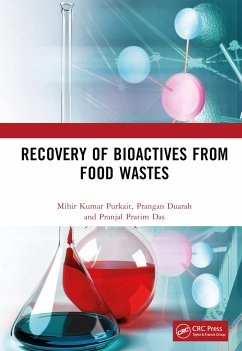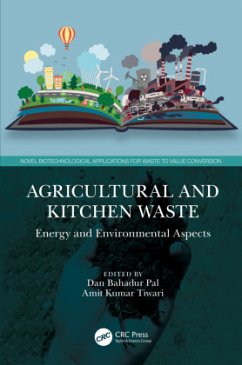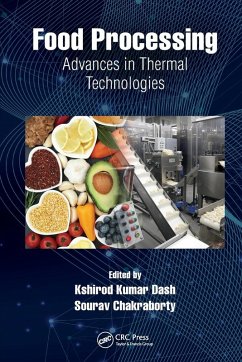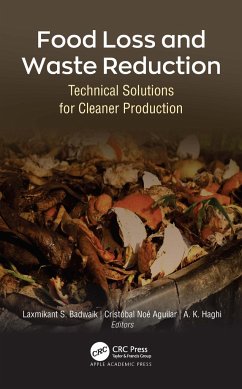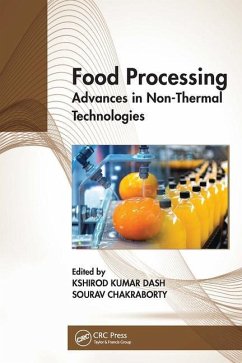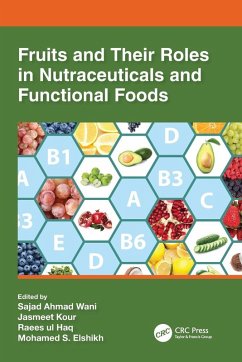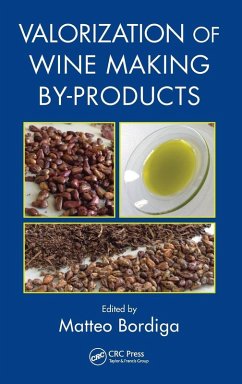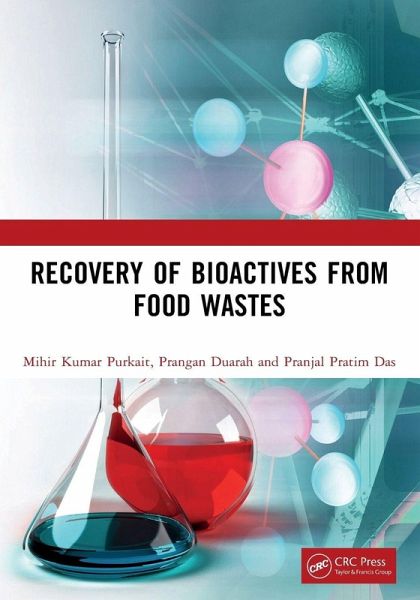
Recovery of Bioactives from Food Wastes
Versandkostenfrei!
Versandfertig in 6-10 Tagen
50,99 €
inkl. MwSt.
Weitere Ausgaben:

PAYBACK Punkte
25 °P sammeln!
This book is a concise presentation of important aspects involved in dealing with extraction and utilization of bioactive compounds from the food industry waste. It starts with a focus on the global scenario of food waste generation and potential of food waste in various industries. Thereafter, the various conventional and advanced extraction techniques are discussed to highlight on how to separate bioactive compounds from the food waste. The application of industrial food-waste derived bioactive compounds in various emerging sectors are highlighted.Features:Presents critical discussion on var...
This book is a concise presentation of important aspects involved in dealing with extraction and utilization of bioactive compounds from the food industry waste. It starts with a focus on the global scenario of food waste generation and potential of food waste in various industries. Thereafter, the various conventional and advanced extraction techniques are discussed to highlight on how to separate bioactive compounds from the food waste. The application of industrial food-waste derived bioactive compounds in various emerging sectors are highlighted.
Features:
Presents critical discussion on various advancement in various extraction processes including future trends.Provides elaborative description of food waste sources and challenges associated with it.Highlights potential of bioactive compounds in various industries.Quantitatively discusses existing as well as new technologies/methodologies.Includes a separate chapter on pertinent policies of various countries.
This book is aimed at researchers and graduate students in chemical and food engineering, separation technology and bioactive compounds.
Features:
Presents critical discussion on various advancement in various extraction processes including future trends.Provides elaborative description of food waste sources and challenges associated with it.Highlights potential of bioactive compounds in various industries.Quantitatively discusses existing as well as new technologies/methodologies.Includes a separate chapter on pertinent policies of various countries.
This book is aimed at researchers and graduate students in chemical and food engineering, separation technology and bioactive compounds.





